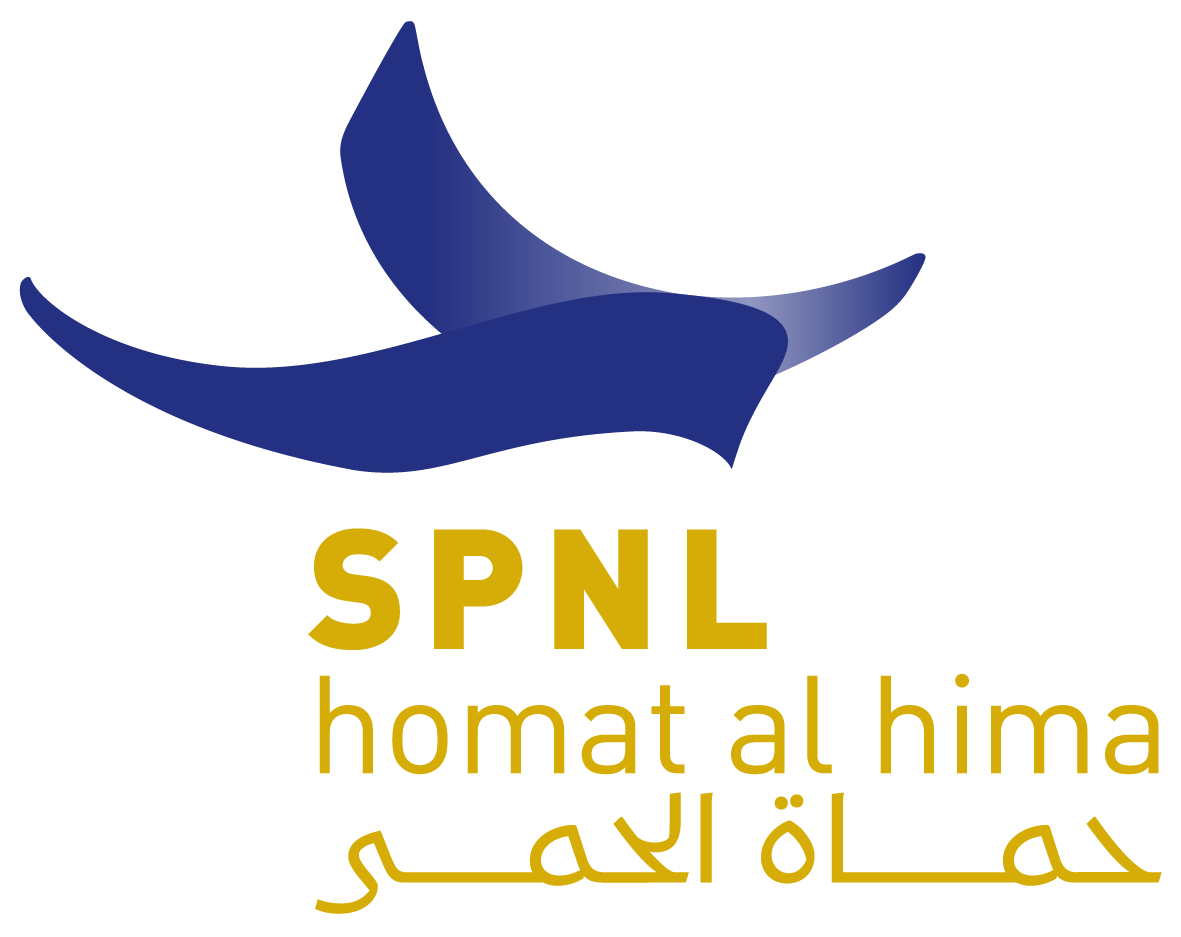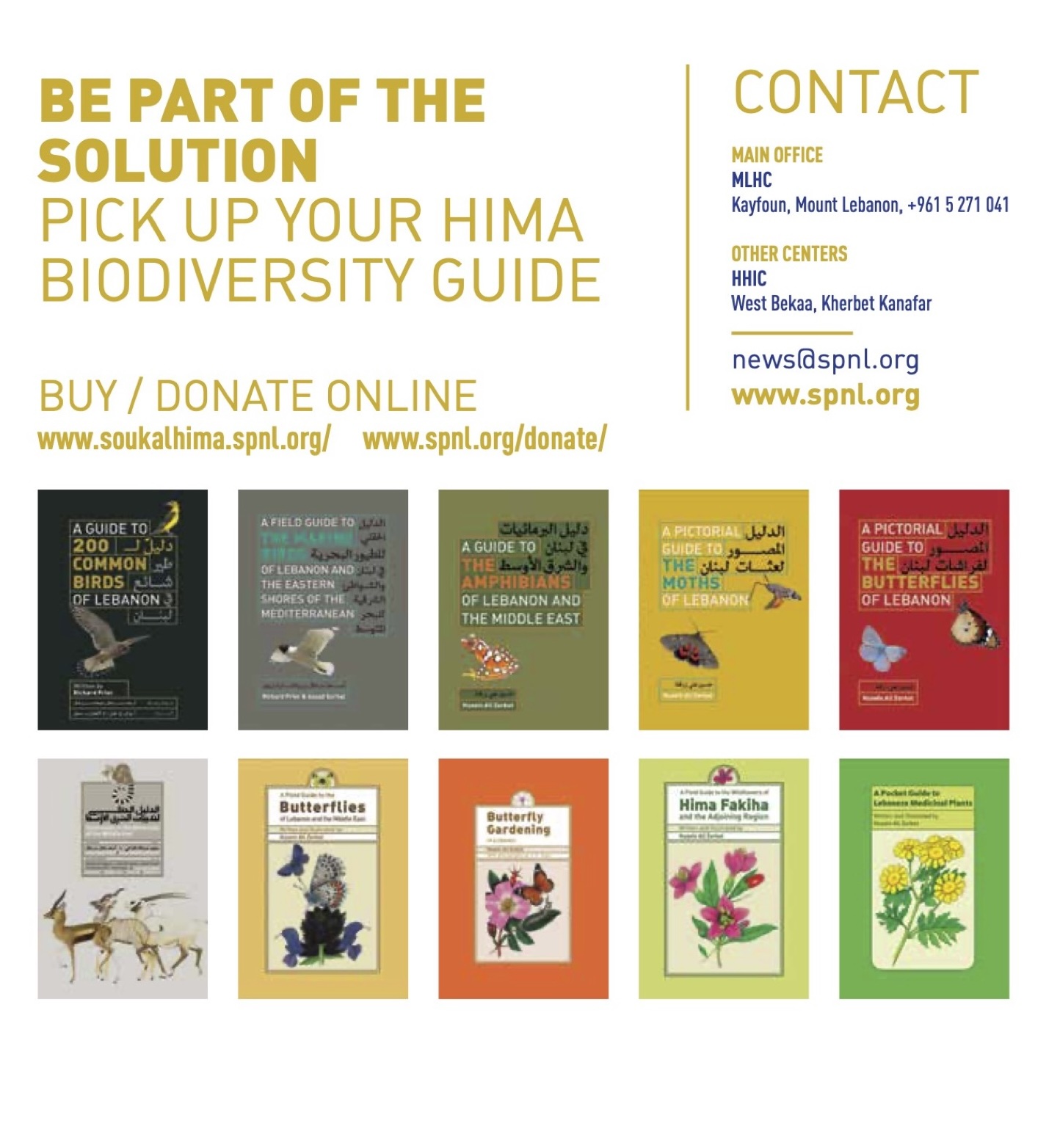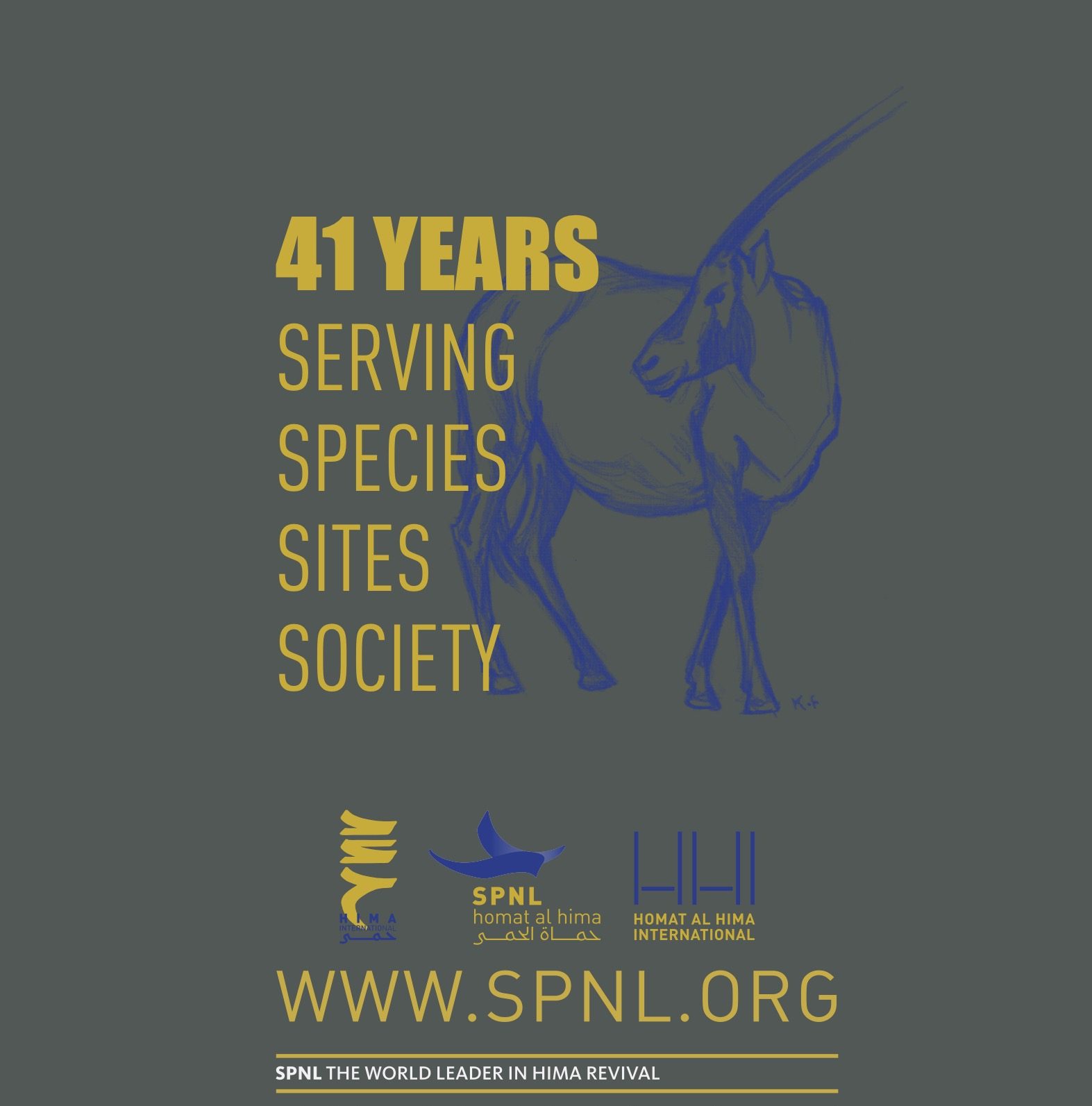The Secretariats of the Convention on Migratory Species (CMS) and the African-Eurasian Migratory Waterbird Agreement (AEWA) are pleased to announce that the designated date for World Migratory Bird Day 2016 will be Tuesday, 10 May 2016. This year’s theme is on the illegal killing, taking and trade of migratory birds. More details about the theme can be found below. You can now register your events on the World Migratory Bird Day website.
Again this year, a competition is being held for the official World Migratory Bird Day trailer. The deadline for the receipt of entries is 14 March 2016 extended to Sunday 3 April and more details about the competition can be found below. World Migratory Bird Day is an annual, global awareness-raising campaign highlighting the need for the conservation of migratory birds and their habitats.
Each year people and dedicated organizations around the world take action and organize hundreds of public events such as bird festivals, education programmes, exhibitions and bird-watching events to raise-awareness and to mark the international day.
 |
>> World Migratory Bird Day 2016 will be Tuesday, 10 May 2016. |
 |
>> The 2016 theme is on the illegal killing, taking and trade of migratory birds. |
 |
>> Take part in the 2016 video contest: Create a short video trailer for this year’s theme.{learn more} |
 |
>> Video Contest Deadline {extended}: Sunday, 3 April 2016!submissions: contact [at] worldmigratorybirdday.org |
 |
>> Register your #WMBD2016 local event on this website! |
So that future generations also benefit from natural resources, governments have passed laws – both domestic and international – to ensure sustainability, protecting wild animals including migratory birds by restricting or prohibiting their exploitation. The protection of migratory birds has been coordinated at the international level since the beginning of the twentieth century. Migratory birds were once synonymous with abundance, and seen as a gift coming from the sky. Historically, people have hunted wildlife for a variety of reasons – food and sport – and in the past, such activities were conducted at a scale that was sustainable. In many cases, however, this is no longer true.
Nets along the north coast of Africa kill millions of birds every year – and it is only one example amongst many. The methods used and the numbers taken have changed beyond measure, and the survival of the targeted species which have to face many other pressures such as loss or deterioration of habitats is in doubt. In many countries, robust legislation exists and mechanisms are in place to enforce it; in others, the rules are not followed and the authorities lack the resources or the will to implement them properly on the ground. If once common migratory birds are to be prevented from disappearing, such as the Linnet that has lost 50% of its population since 1980, or the farmland birds with a loss of 300 million individuals in Europe over the same period, the public has to be made aware of the urgency of the threat posed by illegal hunting, taking and trade. Attitudes must change and we can no longer afford to turn a blind eye to those who flout the law and endanger our shared natural heritage.
There is a wide range of reasons for the illegal killing, taking and trade of birds – subsistence uses, recreational activities, organized crime, traditional practice and so on. They vary from one country to another, from one region of the world to another, according to what has been defined as legal or illegal – if at all. Indeed in some countries there is clearly no regulation, while in others regulations do exist but enforcement needs to be improved. Illegal activities not only affect birds’ populations, but they also harm society in general, our very existence and our natural resources. Conservation, agriculture and the tourism sector all suffer from their negative impacts. Legal hunting is affected by these illegal activities as well: despite the role that hunters play in ensuring the sustainability of livelihoods and habitats, they see their reputation jeopardized by illegal killing. While at the same time, elsewhere in the world, these illegal activities are widely socially accepted and therefore persist. Both at the national and the local level, law enforcement is the key driver to help protecting migratory birds, not only in one place but along their entire flyway.
Cooperation and awareness-raising have to be strengthened in order to fight illegal killing. The Task Force set up by the CMS Secretariat is a first concrete answer to the issue in the Mediterranean region. Further actions are needed – and this shared issue should involve and bring together international organizations, governments and civil society. Indeed decisions taken by the international community or by governments will not meet any success if they are not respected or implemented on the ground. That is where civil society has a role to play, at the local level. Let us work together to protect migratory birds from illegal killing, taking and trade!






